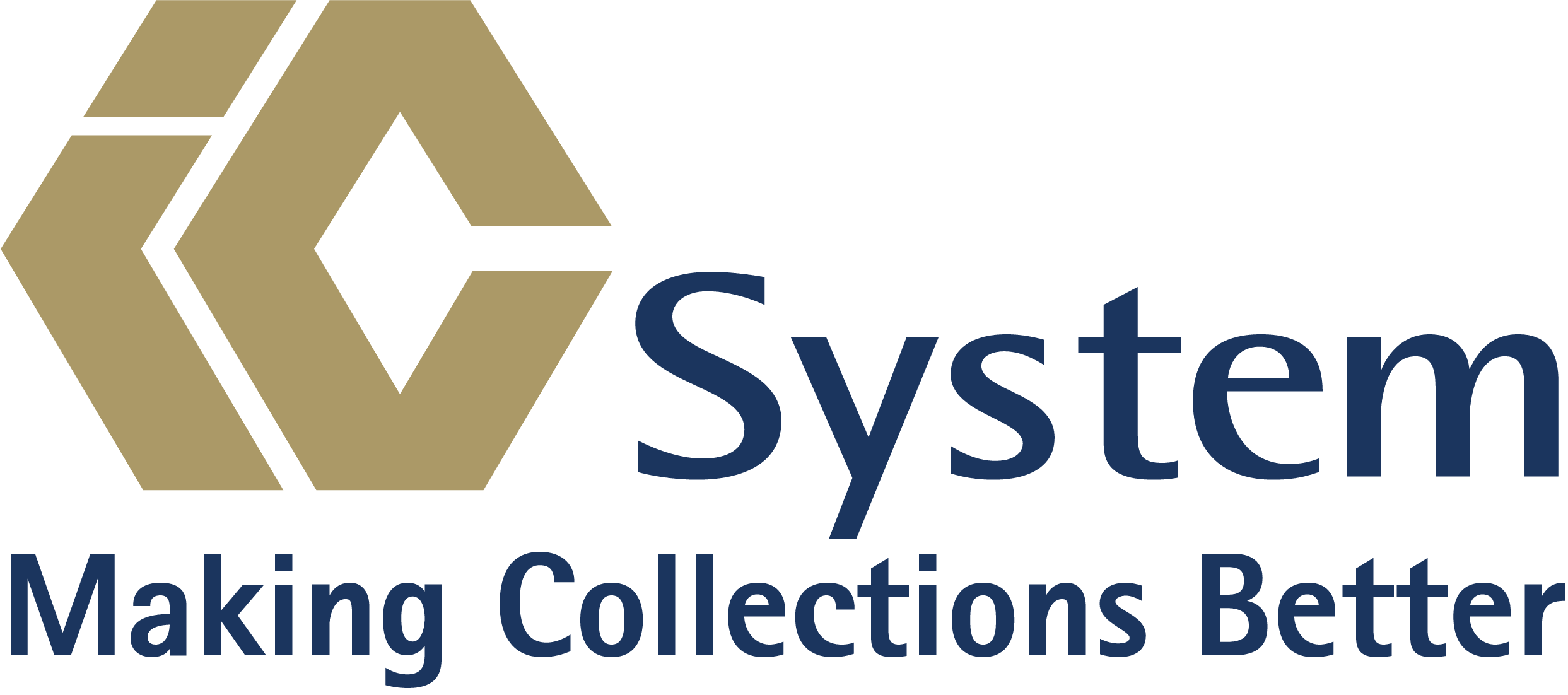Strategic Approaches to Uncompensated Care

We are proud to feature input and contributions on this article from Kristina Gursky, Vice President of Healthcare Strategy at IC System. Kristina is also an active member of AAHAM, currently serving as National Government Relations Chair and Treasurer of the Minnesota Gopher Chapter.
Uncompensated care remains a persistent challenge for healthcare systems across the country. As hospital leaders contend with shifting reimbursement models, the rise of high-deductible insurance plans, and broader economic instability, the financial pressure continues to grow. In this environment, understanding and strategically addressing uncompensated care isn’t just advisable—it’s essential. This article explores the roots of the problem and offers forward-looking strategies to mitigate its financial impact.
What Do We Mean by Uncompensated Care?
At its core, uncompensated care refers to medical services for which the provider receives no payment—either from patients or their insurers. It comes in two primary forms. The first is charity care, where services are provided at no or reduced cost to patients who qualify based on income or asset criteria. The second is bad debt, which occurs when patients fail to pay their balance and do not meet charity care qualifications. Though different in origin, both represent revenue that never reaches the hospital’s ledger and add significant pressure to operating margins.
Why Uncompensated Care Is on the Rise
Several macroeconomic and policy-driven forces are fueling the growth of uncompensated care. High-deductible health plans have shifted more financial burden to patients, many of whom are unable to cover their out-of-pocket expenses. Additionally, policy changes to Medicaid and insurance subsidies have left coverage gaps that force patients to delay or forgo care—and subsequently struggle to pay for it when they do seek services. On top of this, ongoing inflation, layoffs, and general financial instability have made it harder for households to manage healthcare costs. For hospitals serving rural or underserved communities, the problem is particularly acute due to higher rates of uninsured patients.
Calculating the Financial Impact
Quantifying uncompensated care is crucial for planning and reporting. Hospitals typically begin by identifying gross charges that are ultimately written off due to charity care or bad debt. These charges are then adjusted using the organization’s cost-to-charge ratio (CCR) to better reflect the actual cost of delivering the services. To make these figures meaningful for internal use or benchmarking, they’re often normalized against metrics like adjusted discharges or patient days. Done properly, this process helps clarify the scale of the issue and informs financial strategy and policy development.
Moving from Reactive to Proactive: Strategies to Reduce Exposure
Rather than wait for balances to age into bad debt, leading providers are taking proactive steps to limit uncompensated care exposure. Financial screening during intake has proven critical—verifying insurance and identifying eligibility for financial assistance early can prevent misclassification and reduce write-offs. Once care is delivered, well-trained financial counselors can help patients understand their bills, explore financial aid options, or set up manageable payment plans. Digital self-service portals, meanwhile, give patients a convenient way to engage with and resolve balances at any hour, reducing friction and improving recovery rates.
For higher-risk accounts, predictive analytics can help teams identify which balances are most likely to default, allowing for timely intervention. And with early-out programs, hospitals can initiate patient-friendly outreach within the first 30 days after billing, long before the account requires formal collection activity.
Knowing When to Outsource Collections
No matter how efficient your internal processes, some balances will eventually require outside support. At that point, partnering with a healthcare-focused collection agency can make a critical difference. Look for partners that understand the regulatory environment and maintain strict compliance with HIPAA and FDCPA. Transparency also matters—real-time dashboards that show the status and outcomes of accounts help maintain visibility and control. Just as important is the patient experience: collections professionals should be trained to engage respectfully, recognizing that recovery efforts reflect directly on the provider’s brand.
The IC System Approach
IC System offers a comprehensive suite of revenue recovery services tailored to the healthcare environment. Whether you need early-out solutions, bad-debt recovery, or post-charge-off support, our flexible approach allows us to integrate with your existing workflows while maintaining a high standard of professionalism and compliance. Our agents are trained to preserve patient relationships, and our performance dashboards ensure complete transparency at every stage of the process.
Learn more about how IC System can improve your healthcare recovery strategy.
Disclaimer: The information, tips, and suggestions provided in this document are for general informational and marketing purposes only and do not constitute legal advice. IC System does not make any guarantees regarding the applicability or legality of the strategies discussed. State and local laws, as well as industry-specific regulations, may prohibit or limit the use of certain practices described herein. Before implementing any new collection policies or procedures, you should consult with qualified legal counsel to ensure compliance with all applicable laws and regulations.
About the Author: Julian McPherson








